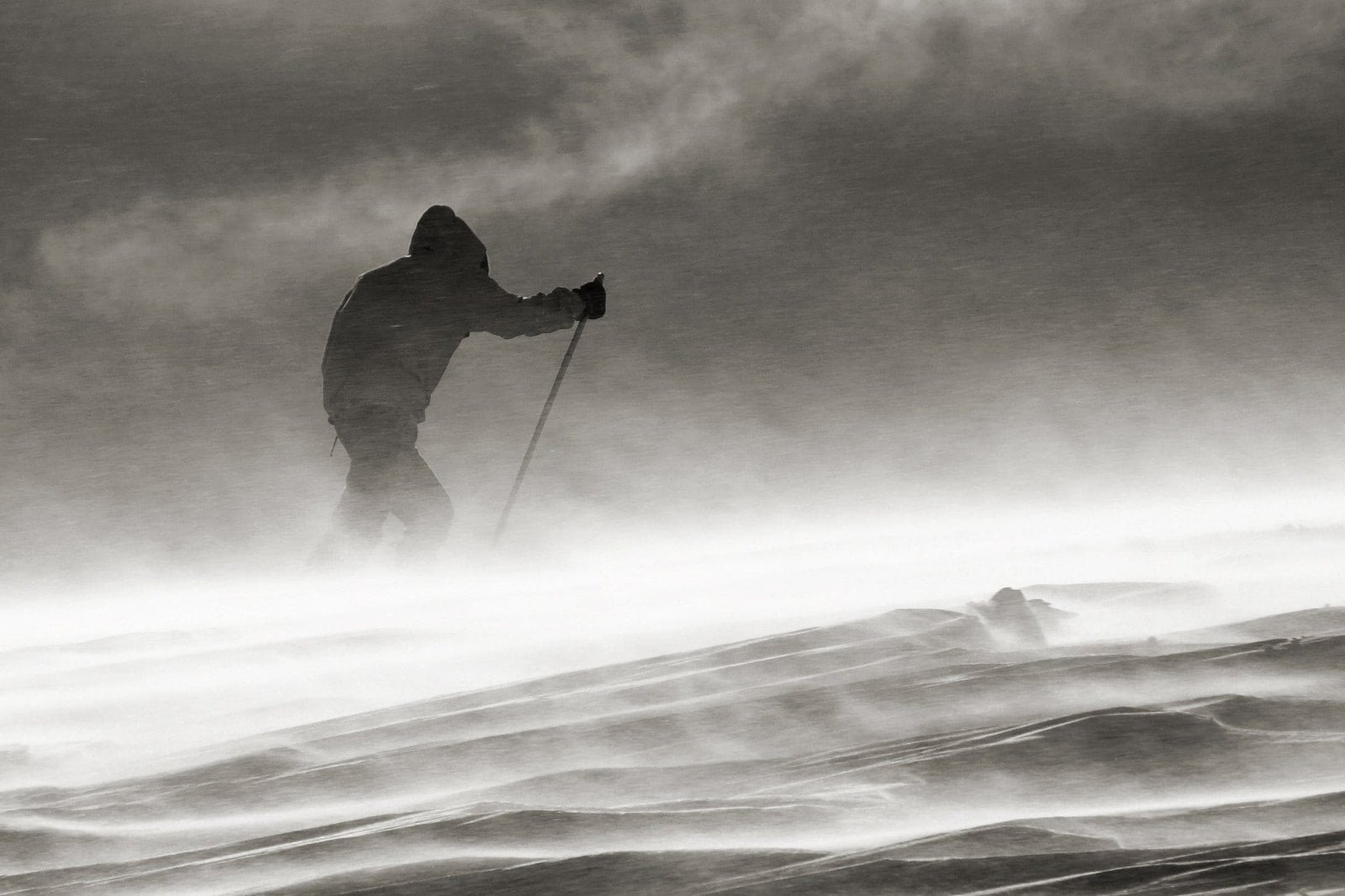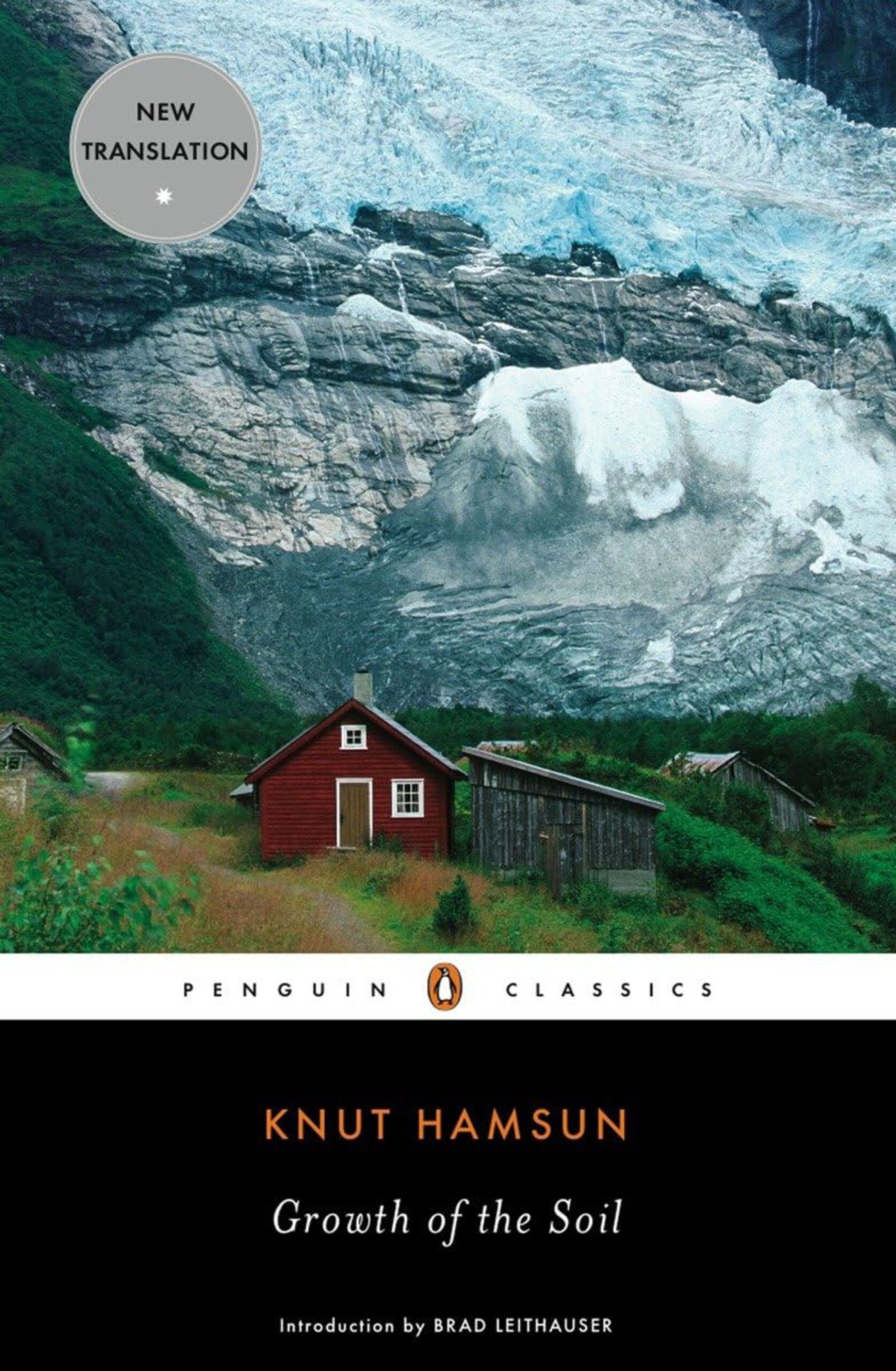Norway is an eldorado for skiers and mountain hikers, both the experienced and the less experienced. But bad weather and low temperatures can easily destroy you.
Therefore, the Norwegian Trekking Association – the DNT – has published 9 main rules on how to safeguard yourself on your journey.
Below the list of main rules, you will find lots of additional and more detailed advice.
The Norwegian mountain code
Rule 1: Plan your trip well – and always inform others about your chosen route.
Rule 2: Ensure that your chosen route fits your abilities and physical strength – and pre-assess all expected conditions along the trail.
Rule 3: Pay attention to local weather forecasts, including avalanche, wind, and flood warnings.
Rule 4: Be prepared for bad weather and low temperatures, even on shorter trips. Dress appropriately.
Rule 5: Bring all equipment necessary to help yourself and others.
Rule 6: Pick sensible and safe routes. Make sure that you understand what an avalanche terrain looks like – and where there could be unsafe ice surfaces.
Rule 7: Use a map and a compass. Always know where you are.
Rule 8: Always return to the nearest point of safety if you feel that the risk of continuing is too high. There is no shame in turning.
Rule 9: Conserve your energy, and do not delay the decision to seek shelter.

Additional and more detailed advice
Rule 1: Plan your trip well – and always inform others about your chosen route
Plan your trip based on the abilities of the people that you travel with.
Always include alternative routes and options.
Obtain current information about the area that you travel through, and the local weather conditions.
Ask for advice from seasoned mountaineers – and always listen to what they say.
Make sure that you have enough knowledge and practical skills to complete your trip.
Respect Mother Nature and the environment. With good planning, you will not leave any litter behind.
Pre-arrange planned meeting and contact points during the trip – and set a precise time for when to arrive or meet up. Always take into consideration that there might not be mobile phone signals available where you are travelling.
Ask yourself: is your planning robust enough to guarantee a safe and enjoyable trip no matter what?
Rule 2: Ensure that your chosen route fits your abilities and physical strength – and pre-assess all expected conditions along the trail
Assess the conditions continuously during your trek – and adjust your plans if need be. Respect the weather conditions.
Before you set out on your journey, tell others about your plans and expected behaviour if the weather should prevent you from moving forward and arriving at your destination on time.
Travelling with others makes you safer – and means that you will have someone to share your experiences with. Be extra careful if you travel alone.
Do not set out on a long trip without sufficient experience. You must be able to take care of yourself, as well as the others in your group.
Be considerate of other hikers travelling in the same area, or along the same trail. And keep a watchful eye on their status and well-being. Assist them if necessary.
Make sure that you have read The Public Right of Access and its requirements.
Also make sure that your group communicates openly and directly at all times.
Ask yourself: are you able to complete your chosen journey, under the existing conditions, and with this group?
Rule 3: Pay attention to local weather forecasts, including avalanche, wind, and flood warnings
Always check the weather forecast, and avalanche and flood warnings, to see how they impact the area that you are travelling through.
Follow all advice – and select an easier route when conditions may be too demanding.
Check the weather conditions on yr.no – and information about avalanches, accidents, and landslides on varsom.no.
Monitor the development of the weather and avalanche conditions as you move forward through the terrain. Adjust your plans, if necessary.
Rule 4: Be prepared for bad weather and low temperatures, even on shorter trips. Dress appropriately
Dress according to the requirements of the weather, and the terrain.
Always remember that the weather changes quickly in the mountains.
Warm and water- and windproof clothing is a must. And you must have footwear fit for the journey.
Always bring extra and insulating clothing in your rucksack, and the equipment necessary for your chosen route and terrain.
Extra food and drink can save your life, if the trip takes longer than planned or you must wait for help. You may also come across people enroute that are ill-prepared or in trouble.
Ask yourself: are you and your group equipped to deal with sudden weather changes and challenging conditions?

Rule 5: Bring all equipment necessary to help yourself and others
In the winter, you need a wind-sack (bivy sack), a sleeping pad, a sleeping bag, and a shovel. This is in case you have to spend the night outdoors. A wind-sack can save your life.
Bring a high-visibility vest, or a headlight. This will make it easier for a search party to find you.
Bring a first aid kit, so that you can help yourself and others.
If you are travelling through an avalanche-prone terrain, always bring – and actively use – an avalanche transceiver. This is an electronic tool that will help the rescue team find you if you are buried under the snow.
To make sure that you yourself can save people caught by an avalanche, bring an avalanche probe and a shovel.
Be smart when you pack your bag, so that it is easier to carry.
A mobile phone can be a useful tool – but remember – it may not work in all situations and areas.
If an accident occurs, alert the police by calling 112 – or walk for help – or try to notify people in any other way.
Ask yourself: are you able to both take care of yourself and help others?
Rule 6: Pick sensible and safe routes. Make sure that you understand what an avalanche terrain looks like – and where there could be unsafe ice surfaces
Every year, lives are lost to sudden avalanches. Even the lives of seasoned mountain trekkers. And every year, people perish when going through the ice.
Every time, avoid terrain that is prone to avalanches – and plan your route well.
Ask for advice from seasoned mountaineers – and always listen to what they say.
Know that avalanches can start in drops no higher than five metres, and no steeper than 30 degrees. Terrain that seem harmless may in fact be treacherous.
Even if the terrain where you are moving is relatively flat, you may still trigger an avalanche further up the mountainside.
An avalanche can move at an exceptional speed, and across long distances.
Avoid terrain traps, such as narrow gorges or valleys.
Before entering any new terrain, consider what would happen if an avalanche took place whilst you were in the middle of it.
Please note: be aware that a cornice (a section of snow built up by the wind, stretching outside any firm ground below the snow) can break off when you walk on a mountain ridge. Stay away from edges – including edges close to waterfalls, alongside rivers, or surrounding lakes or ponds.
Always know when you are moving on an ice surface – on a lake or a river. It can sometimes be difficult to tell when it is covered by snow. Consult your map.
Always assess the strength of the ice – especially when you move on regulated lakes and rivers – where there may be a void between the ice and the water. Do not let the tracks of other people – or prepared ski trails – lull you into a false sense of security.
Ask yourself: is it possible that an avalanche may happen where I plan to go? Or could the ice break? What would the consequences be?

Rule 7: Use a map and a compass. Always know where you are
A map and a compass are essential, reliable, and basic tools that must follow you on every journey.
Pay attention to the map, even when you are trekking along a trail marked by colour or signs.
Knowing where you are on the map, also improves your hiking experience in general.
GPS and other electronic aids are helpful, but the lack of necessary signals may render them useless. Make sure that you have extra batteries or an additional power supply. Do not rely on electronic devices alone.
Ask yourself: do I know where I am – and where I am going?
Rule 8: Always return to the nearest point of safety if you feel that the risk of continuing is too high. There is no shame in turning
Have the circumstances changed? Should you turn around? Do not risk any accident – or loss of life or limb.
Evaluate your route continuously. If conditions are becoming difficult, choose a better route-alternative long before you or the group become exhausted.
Always monitor every member of the group. Do not split up or leave people behind – unless you are 100% sure that they will make it on their own.
Think of yourself as the leader – and own the responsibility of every member of the group. Don’t let your disappointment at turning around cloud your judgement or your decisions.
No matter how the journey plays out, enjoy it for what it is. There will always be other opportunities if the conditions are too challenging today.
Rule 9: Conserve your energy, and do not delay the decision to seek shelter
Adjust your walking speed to the weakest member of the group, and make sure that everyone can keep up.
Remember to eat and drink frequently. When you push yourself physically, your body usually needs more fluids than your sense of thirst indicates.
Do not wait until you are exhausted to seek shelter. Strong and growing winds may tire you a lot quicker than you think.
Find safe shelter before it is too late. If need be, use your wind-sack or dig a snow cave to protect you from the elements.
Ask yourself: are you able to get back to your base? Do you know if there are any cabins or natural shelters nearby?

Main source: the Norwegian Trekking Association – Den Norske Turistforening DNT.





